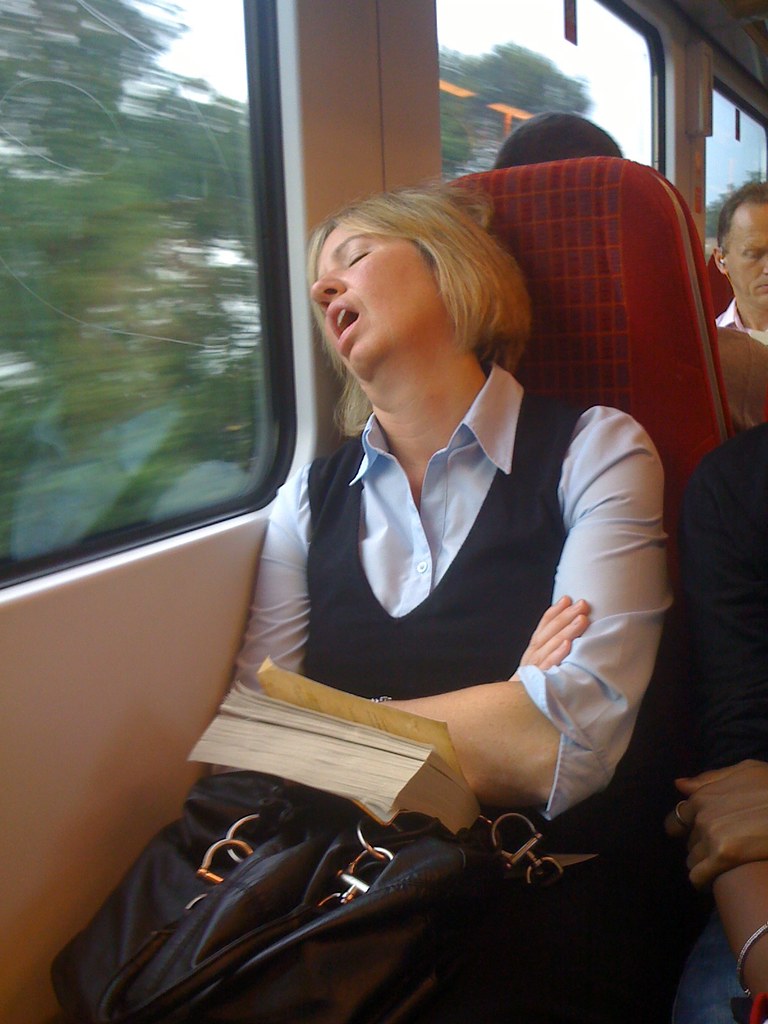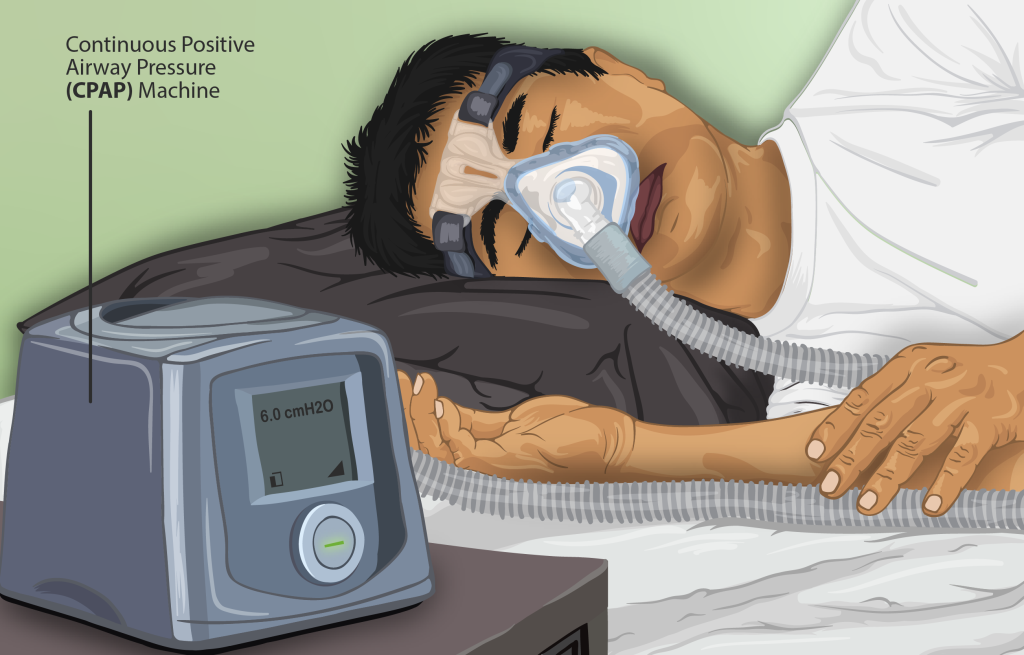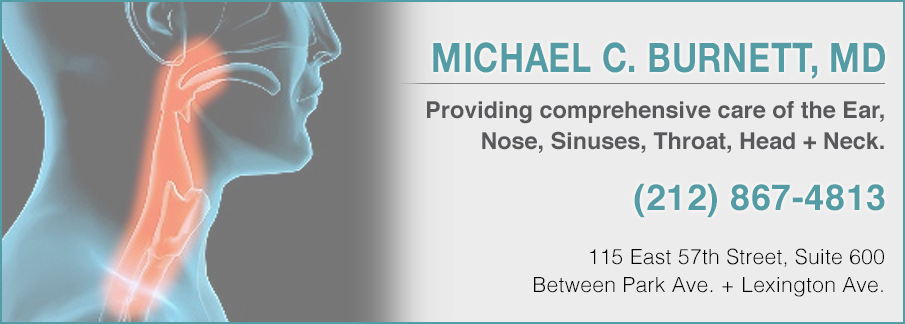 What is sleep apnea and what are the treatment options? Sleep apnea is a common but serious sleep disorder where breathing repeatedly stops and starts. It can lead to a variety of health issues if left untreated. Understanding its causes, symptoms, and treatment options is essential for managing this condition effectively.
What is sleep apnea and what are the treatment options? Sleep apnea is a common but serious sleep disorder where breathing repeatedly stops and starts. It can lead to a variety of health issues if left untreated. Understanding its causes, symptoms, and treatment options is essential for managing this condition effectively.
Sleep Apnea and Treatment Options
Types of Sleep Apnea
Obstructive Sleep Apnea (OSA)
OSA is the most common type, occurring when the throat muscles intermittently relax and block the airway during sleep. This results in repetitive pauses in breathing.
Central Sleep Apnea (CSA)
CSA occurs when the brain fails to send proper signals to the muscles that control breathing. Unlike OSA, the airway is not blocked, but the brain does not communicate effectively with the respiratory muscles.
Complex Sleep Apnea Syndrome
Also known as treatment-emergent central sleep apnea, this condition occurs when someone has both obstructive sleep apnea and central sleep apnea.
Causes and Risk Factors
Obesity
Excess weight, especially around the neck, can increase the risk of airway obstruction.
Neck Circumference
A thicker neck can have a narrower airway, increasing the risk of OSA.
Aging
Sleep apnea is more common in older adults.
Family History
Genetics can play a role in the likelihood of developing sleep apnea.
Alcohol and Smoking
Both can worsen sleep apnea by relaxing throat muscles and increasing inflammation and fluid retention in the upper airway.
Symptoms of Sleep Apnea
Common symptoms include loud snoring, episodes of stopped breathing during sleep, abrupt awakenings accompanied by gasping or choking, morning headaches, difficulty staying asleep (insomnia), excessive daytime sleepiness (hypersomnia), difficulty paying attention while awake, and irritability.
Diagnosis
Diagnosis typically involves an overnight sleep study called polysomnography. This test records various body functions during sleep, including brain activity, eye movements, heart rate, breathing patterns, and blood oxygen levels. Home sleep apnea tests are also available and can monitor heart rate, airflow, breathing patterns, and blood oxygen levels.
Treatment Options
Lifestyle Changes
- Weight Loss: Reducing excess weight can significantly improve symptoms of OSA.
- Exercise: Regular physical activity can help reduce the severity of sleep apnea.
- Avoid Alcohol and Smoking: Both can worsen sleep apnea symptoms.
Continuous Positive Airway Pressure (CPAP)
CPAP is the most common and effective treatment for moderate to severe OSA. It involves wearing a mask over the nose or mouth during sleep. The mask is connected to a machine that delivers a continuous stream of air, keeping the airway open.

Oral Appliances
These devices are designed to keep the throat open by bringing the jaw forward. They are a good alternative for those who cannot tolerate CPAP.
Surgery
Surgical options are considered when other treatments are ineffective. These may include tissue removal, tissue shrinkage, jaw repositioning, implants, nerve stimulation, and creating a new air passageway (tracheostomy).
Therapies
- Adaptive Servo-Ventilation (ASV): This device learns your normal breathing pattern and stores the information in a built-in computer. After you fall asleep, the machine uses the stored information to normalize your breathing pattern and prevent pauses in your breathing.
- Bilevel Positive Airway Pressure (BPAP): BPAP delivers more pressure when you breathe in and less when you breathe out.
Sleep Apnea and Treatment Options: Conclusion
Understanding sleep apnea and its treatment options is crucial for improving sleep quality and overall health. With proper diagnosis and management, individuals with sleep apnea can significantly reduce symptoms and improve their quality of life.
For expert diagnosis and treatment of sleep apnea, contact Dr. Michael Burnett at Ear, Nose & Throat of New York. Our dedicated team is here to provide comprehensive care.
Michael Burnett, MD
115 East 57th Street Suite 600
New York, NY 10022
212-867-4813






 What is sleep apnea and what are the treatment options? Sleep apnea is a common but serious sleep disorder where breathing repeatedly stops and starts. It can lead to a variety of health issues if left untreated. Understanding its causes,
What is sleep apnea and what are the treatment options? Sleep apnea is a common but serious sleep disorder where breathing repeatedly stops and starts. It can lead to a variety of health issues if left untreated. Understanding its causes, 